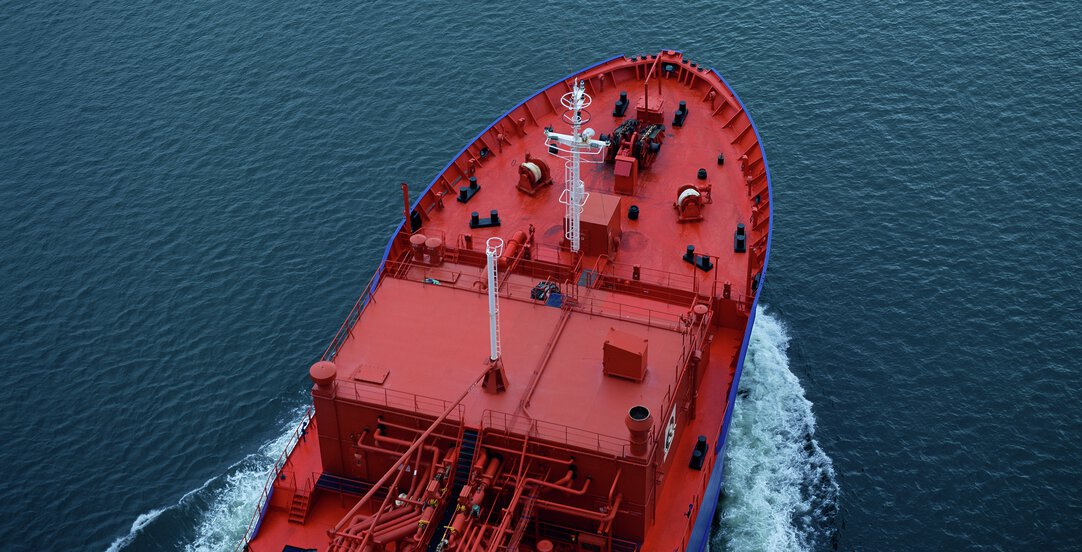Protection of private parties’ interests in investigations by the Norwegian Safety Investigation Authority

The Norwegian Safety Investigation Authority is tasked with conducting safety investigations into maritime accidents if they either involve Norwegian flagged ships, take place in Norwegian waters or involve significant Norwegian interests. Its reports may be important evidence in civil and criminal proceedings arising out of the casualty. The ability of private parties to protect their interests in respect of civil claims and criminal liability may therefore depend on the extent to which their interests are protected in connection with the investigation.
The investigative powers of the Norwegian Safety Investigation Authority (“NSIA”) derive from Chapter 18 II of the Norwegian Maritime Code. Whether an accident shall be investigated is up to the NSIA’s discretion, except that it shall generally investigate “very serious” maritime accidents, for example where the vessel becomes a total loss or where there is loss of life or significant damage to the environment.
Safety investigations are important for improving maritime safety and NSIA’s mandate is to clarify the events leading up to the accident and the causal factors, and to consider how similar maritime accidents can be prevented in the future and maritime safety improved. Upon completing its investigation, the NSIA will issue a public report setting out its findings and recommendations to improve safety. The system of safety investigations by the NSIA has been in place since 2008, when it replaced the previous system of maritime enquiries held by the local district court.
Admissibility of reports in legal proceedings
Whilst the NSIA does not assess civil or criminal liability, its reports are generally admissible evidence in Norwegian civil and criminal proceedings.
The reports are often relied on by the police as well as by shipowners, insurers, cargo interests and other third parties. When a NSIA report is submitted as evidence in legal proceedings, which commonly occurs, it may be challenging for a party to dispute the findings in the report. It will also be too late to ask the NSIA to correct any errors in the report.
For these reasons, it is crucial that the interests of the involved parties are protected during the investigation and drafting of the report.
Rights of involved parties
The Norwegian Maritime Code gives involved parties, such as the shipowner, charterer, insurer, master and crew, certain rights in connection with the investigation:
- Right to be notified by the NSIA that an investigation will be conducted and to receive information about their rights in connection with the investigation.
- Right to provide information and comments with respect to the accident and its causes.
- Right to receive the documents relating to the investigation to the extent that the NSIA believes that this will not impede the investigation.
- Right to be present during the investigation to the extent the NSIA believes that this will not impede the investigation.
- Right to receive the draft report for comments, provided that this has been requested by that involved party, but not if the circumstances strongly suggest that it should not be given this opportunity.
The purpose of these rights is to provide transparency and due process for the involved parties. When they are given the opportunity to provide input, the likelihood increases that the NSIA will reach correct findings and conclusions.
In practice the protection of the involved parties’ rights will depend on the willingness of the NSIA to cooperate with the involved parties. This is particularly true for the right to be present during the investigation, which includes inspections onboard and crew interviews. The NSIA has the right, at its discretion, to deny such presence if it believes, on a case-by-case basis, that it will impede the investigation.
The NSIA has taken the general view that any participation for example by the owners or insurers (or their lawyers) will impede the investigation. This is notwithstanding that the main rule is that such participation shall be allowed and that a refusal must be based on a concrete assessment of the circumstances in each case.
Obligation to provide information and evidence
Pursuant to the Norwegian Maritime Code, any person – regardless of any duty of confidentiality – is obliged, at the request of the NSIA, to provide the information and evidence which is relevant to the investigation of the maritime accident. This means that for example the vessel’s crew are obliged to be interviewed and provide documents and other evidence which may contribute to clarifying the factual circumstances.
The protection of witnesses
The Norwegian Maritime Code provides certain protections for witnesses:
- Witness statements cannot be used for purposes other than the safety investigation.
- Information obtained during interviews cannot be used as evidence against that individual in any subsequent criminal proceedings, in accordance with the general prohibition against self-incrimination.
However, in practice these protections have limited effect. The report will address the direct and contributory causes, as well as the root causes. In many instances it will be easy to identify the person – for example a navigational officer – who, according to the NSIA, has caused or contributed to the accident and both civil and criminal liability may be based on such findings. It will however often be difficult for a defendant in criminal proceedings to rely on the protections afforded to prevent the report from being admitted in evidence. The reason is that the report will normally not cite from or attach the witness statements, nor identify the sources of information in respect of the various findings. Therefore, a defendant in criminal proceedings may experience that the report is submitted as evidence, despite the fact that the relevant information may stem from a witness statement given by that person.
Witnesses also have the unconditional right to be assisted by a lawyer or other representative when being interviewed by the NSIA, see the Norwegian Maritime Code section 477 (1).
In practice however, there have been several examples of the NSIA refusing crew members the right to be assisted by a lawyer during their interviews with the NSIA. These include where the relevant crew member has appointed lawyers who are already appointed to assist other involved parties, for example the owners, insurers or other crew members. The NSIA has also refused crew members the right to be assisted by another crew member during the interviews if that crew member is a higher ranking officer.
The NSIA’s position in these cases, certainly has no support in the Norwegian Maritime Code since the right to be assisted by a lawyer (or other representative) is unconditional. Furthermore, the NSIA’s position is contrary to the fundamental legal principle that everyone has the right to choose their lawyer.
It is often practical for crew members to appoint lawyers who are also acting for the owners, insurers or other crew members. Sometimes there are no other lawyers available at the place where the interviews are taking place.
To what extent a lawyer can represent several parties is a general question which lawyers consider regularly in all types of cases. For Norwegian lawyers it is assessed on a case-by-case basis pursuant to the Code of Conduct for Norwegian Lawyers.
Guidelines for attorney representation in maritime accidents
The Norwegian Bar Association has issued guidelines for legal representation in connection with maritime accidents, which supplement the Code of Conduct.
According to the guidelines, the main rule is that a lawyer can represent more than one party, including crew members, in connection with a maritime accident. An exception applies where there is actual conflict of interest or a clear risk of a conflict of interest.
This is an assessment which the lawyer himself/herself must make, on the facts, when considering to act for several parties. This assessment is not subject to any right of objection on the part of opponents or other involved parties such as the police or the courts.
The NSIA has no rights under the Code of Conduct, just as any other party has no right to challenge its opponent’s choice of lawyer. The lawyer’s assessments under the Code of Conduct is a matter between the lawyer and the client, and is not subject to complaint by opponents or other third parties such as the police or the courts.
If the NSIA refuses a witness to be assisted by a lawyer, which is a violation of the witness’ rights under the Norwegian Maritime Code, the witness can refuse to be interviewed. The NSIA may then request a deposition to be held in the local district court, where the witness will of course be entitled to be assisted by a lawyer at the witness’s choice.
When it comes to the rights of the shipowner and insurer, the guidelines provide that lawyers acting for the shipowner and/or the insurer have the right to be present during the NSIA’s investigations, including during crew interviews. There is an exception in case the NSIA, based on a specific assessment, determines that the lawyer’s presence impede the investigation. The lawyer will then need to leave the interview after having received an explanation from the NSIA.
Hope for the future?
In order to protect the interests of witnesses and involved parties, it is essential that the NSIA exercises its powers in accordance with the purpose of the protections afforded to such parties in the Norwegian Maritime Code.
In cases where the NSIA have allowed cooperation and participation in connection with the investigation of an accident, the cooperation has been productive.
In our experience, when involved parties are given the opportunity to provide information, alternative view points and other forms of contributions, the likelihood increases that the NSIA will reach correct findings and conclusions.
In other words this will in our view increase – and not reduce – the quality of the NSIA’s investigations and subsequent report, and ultimately contribute to the goal of improving safety at sea.


